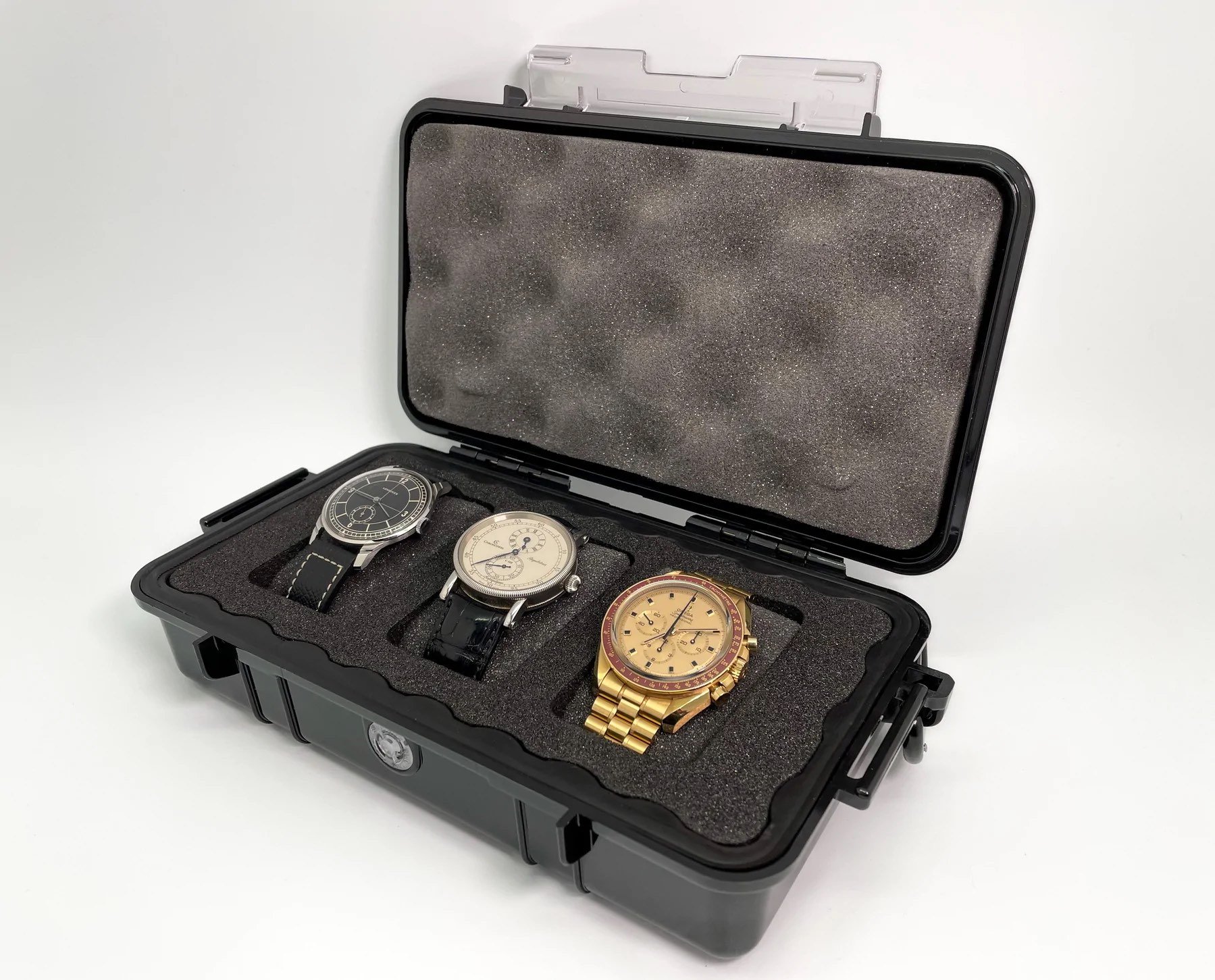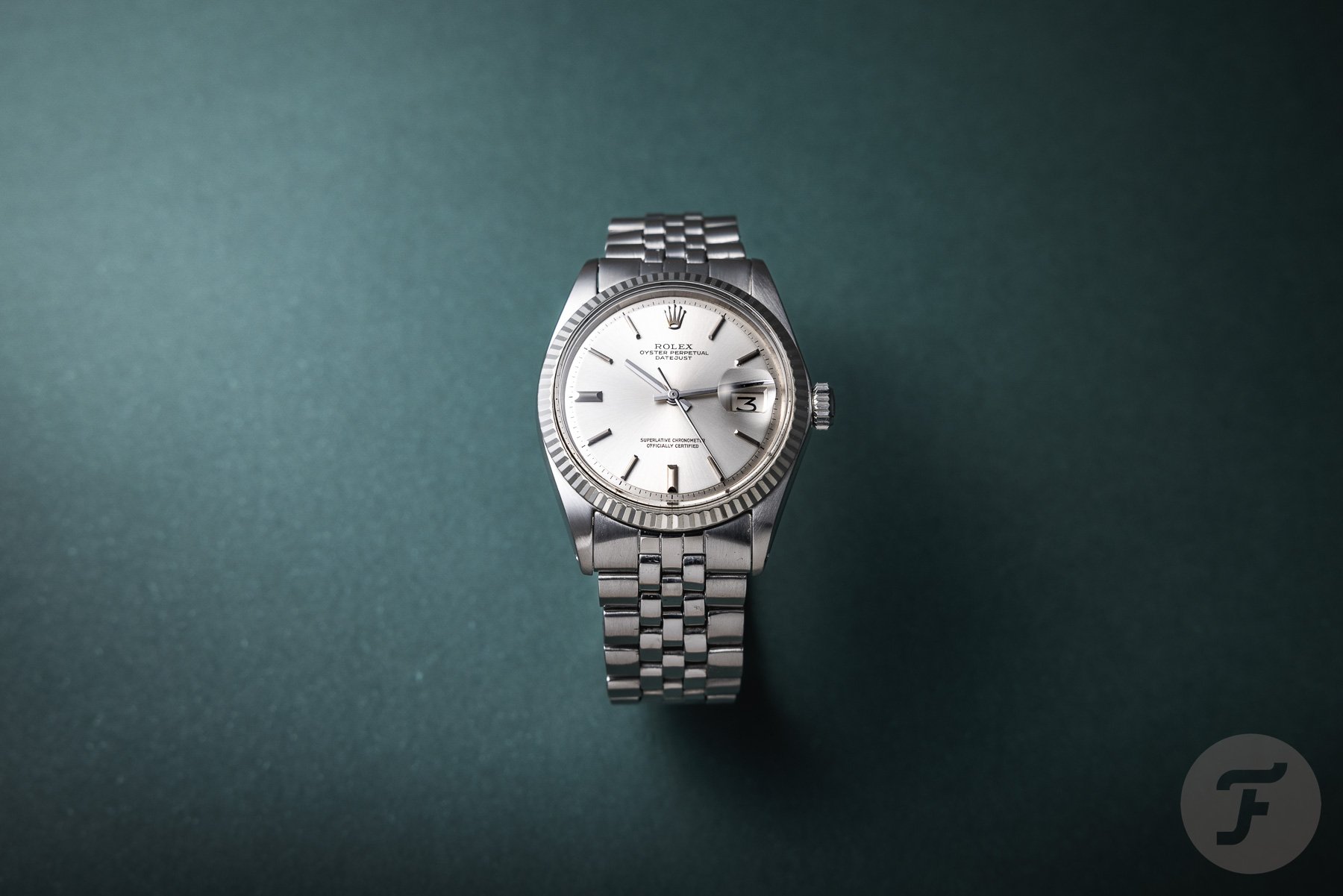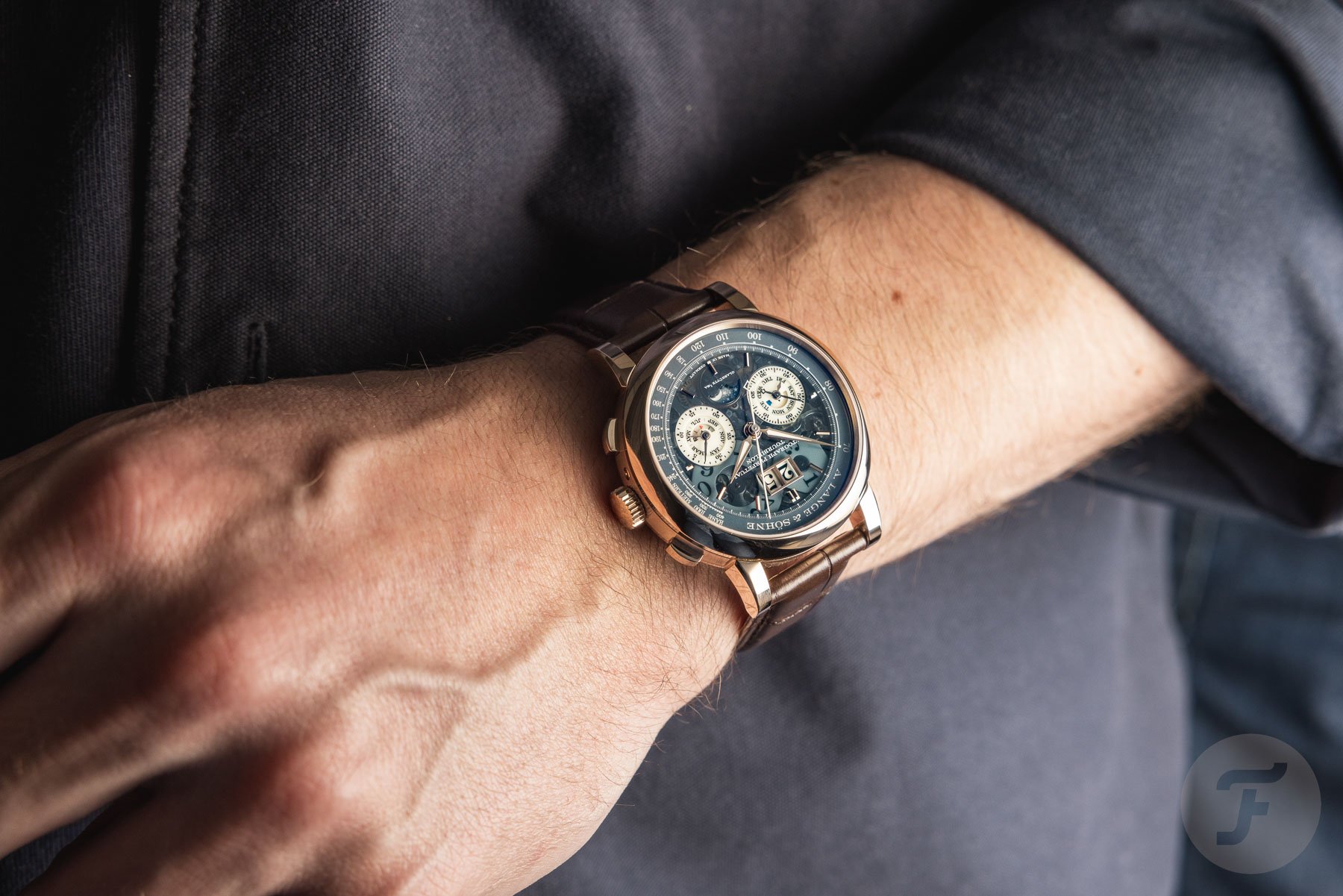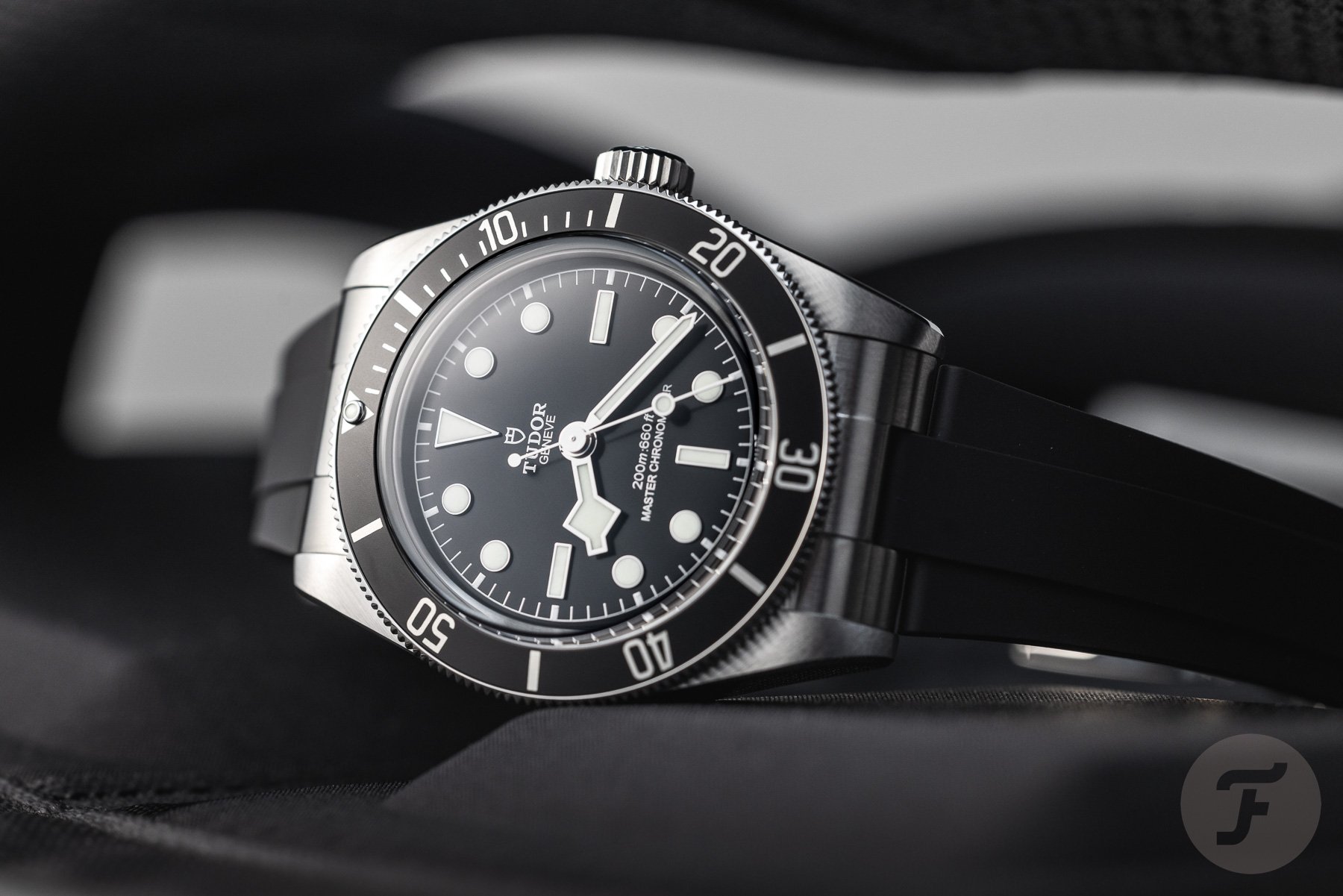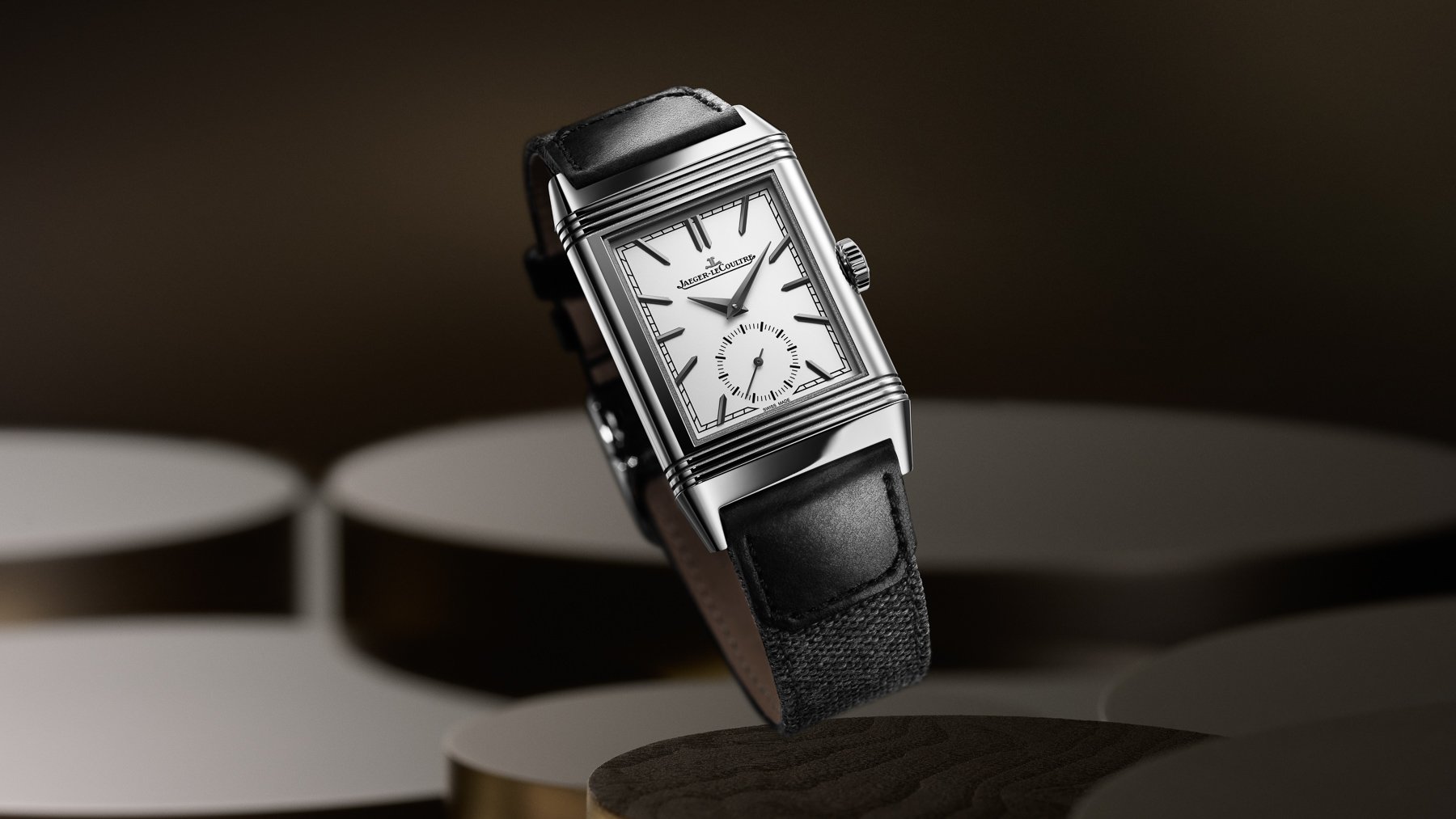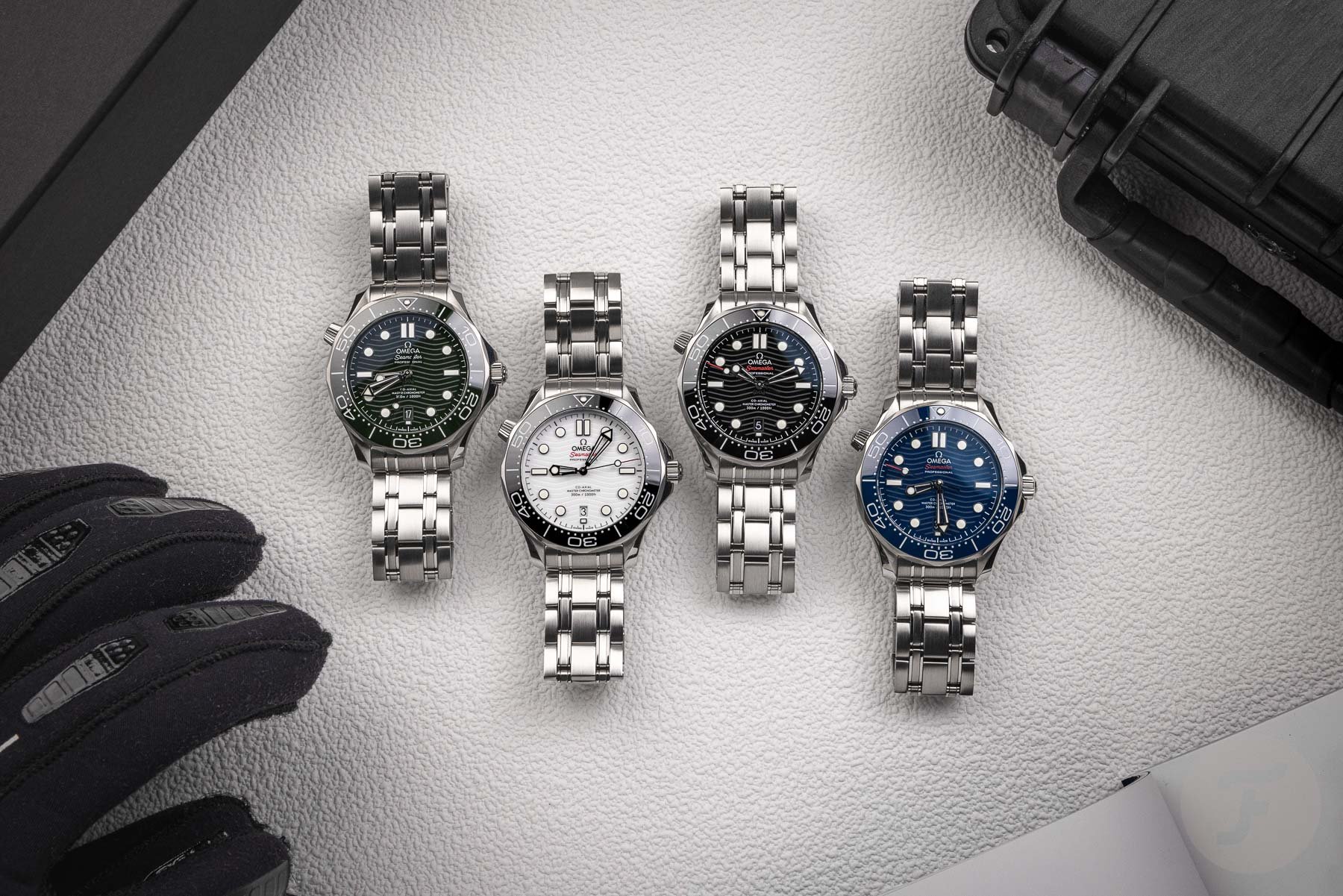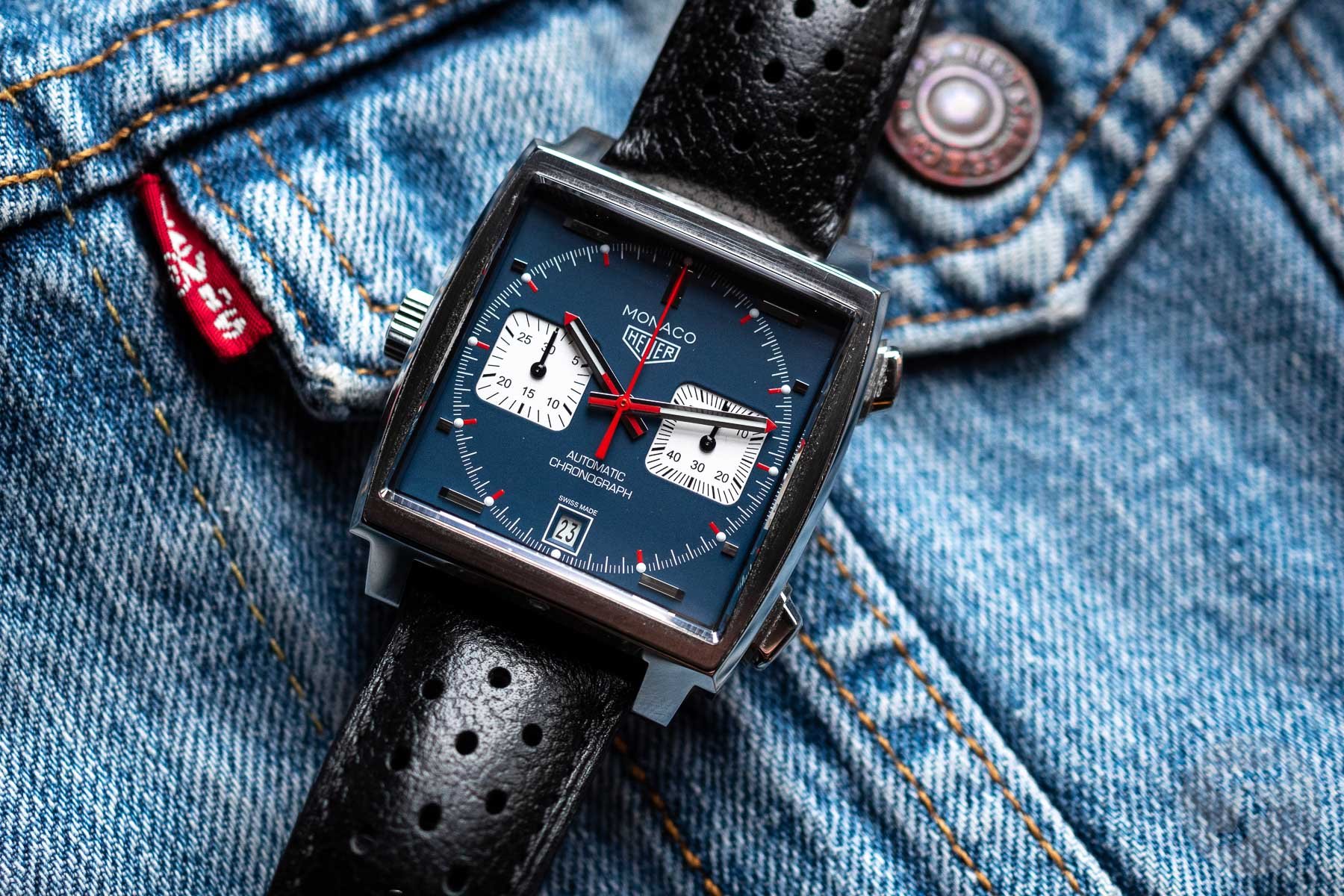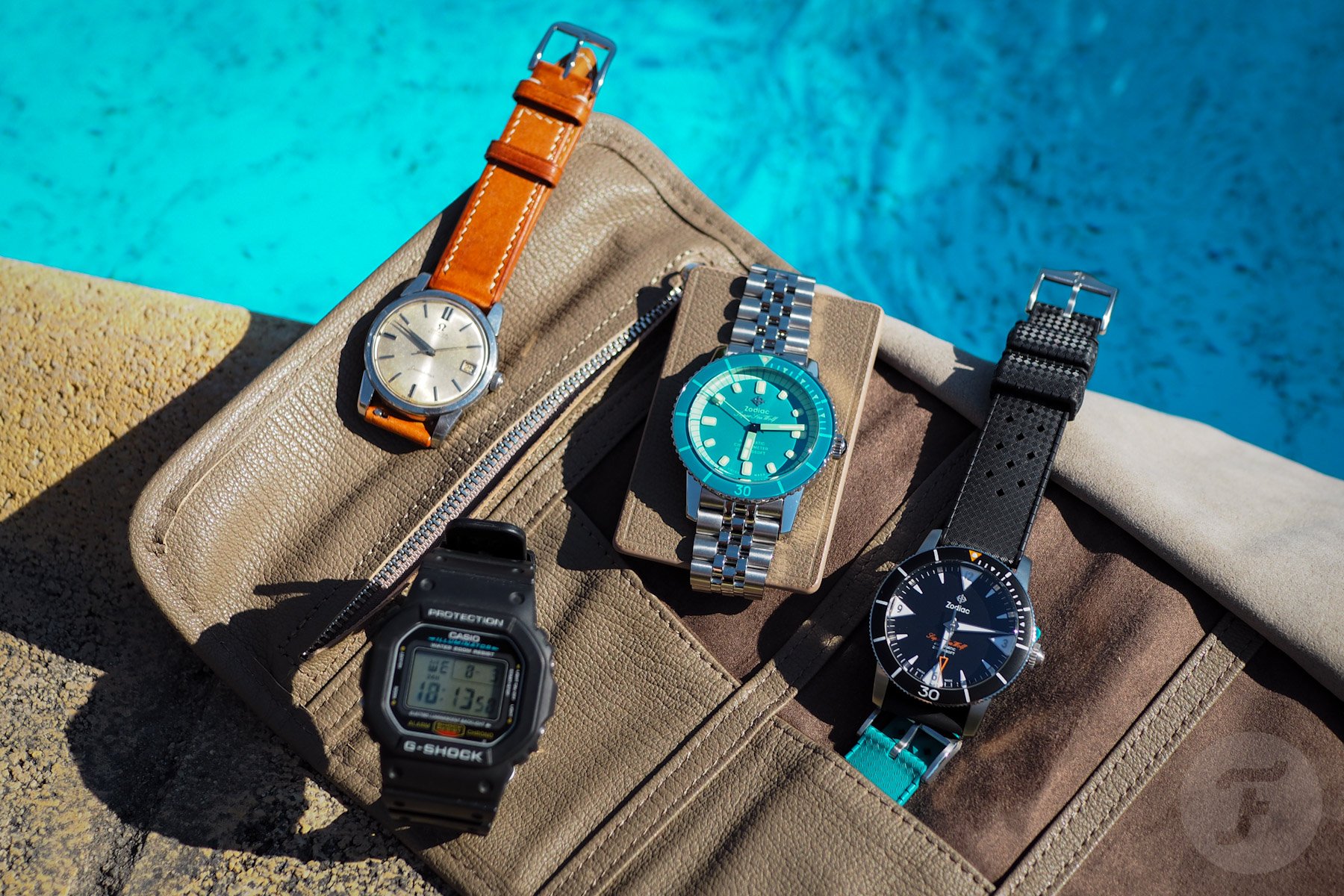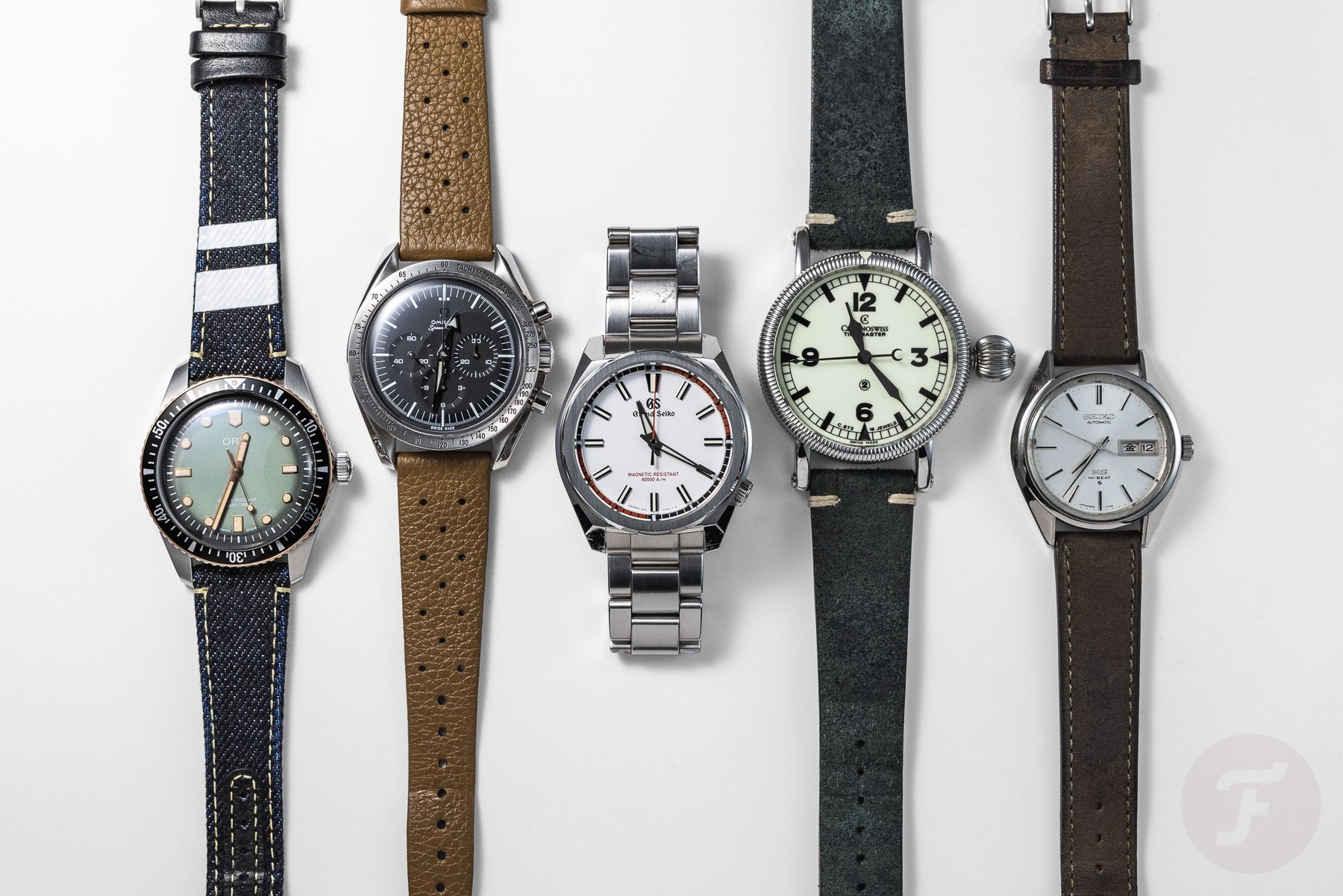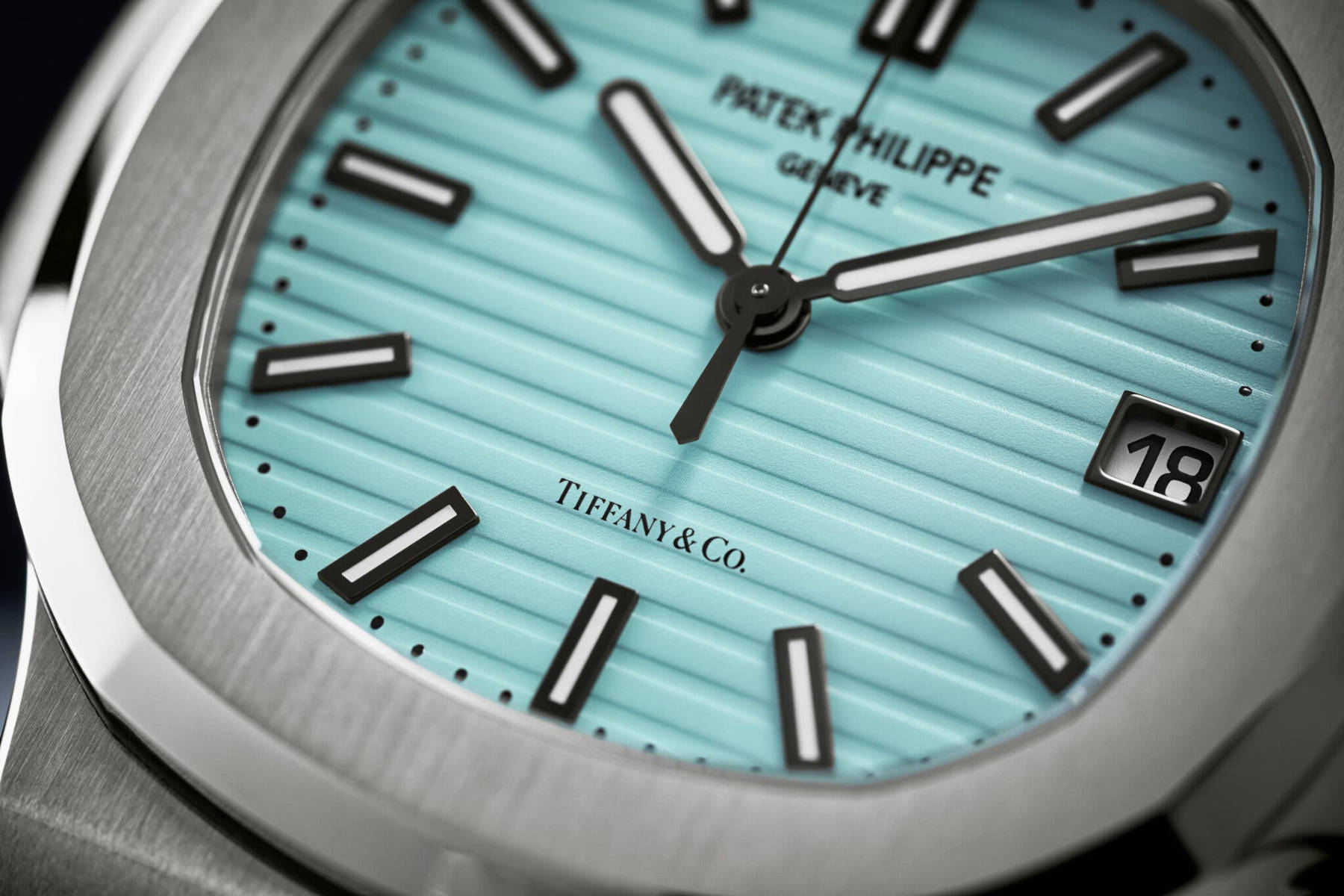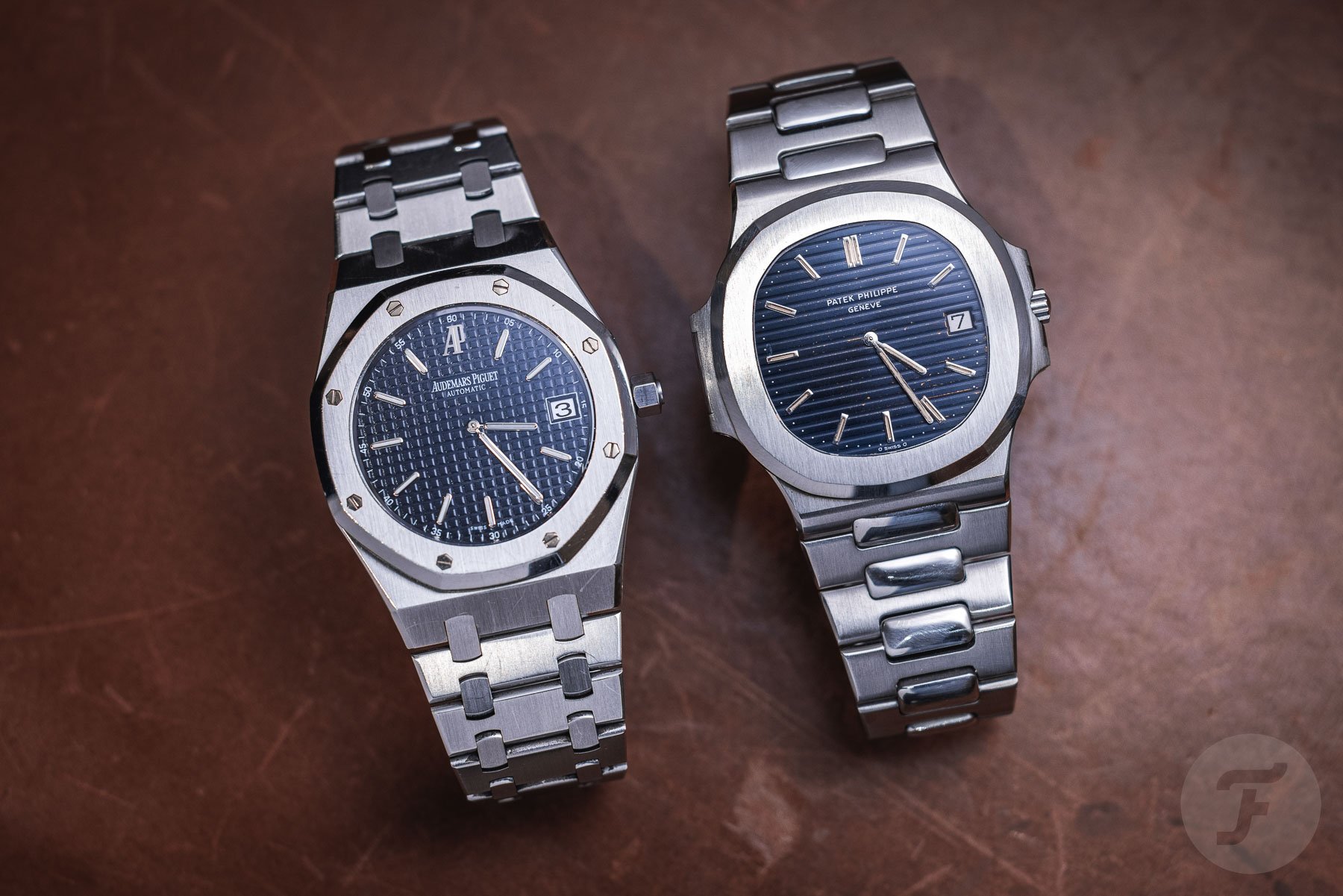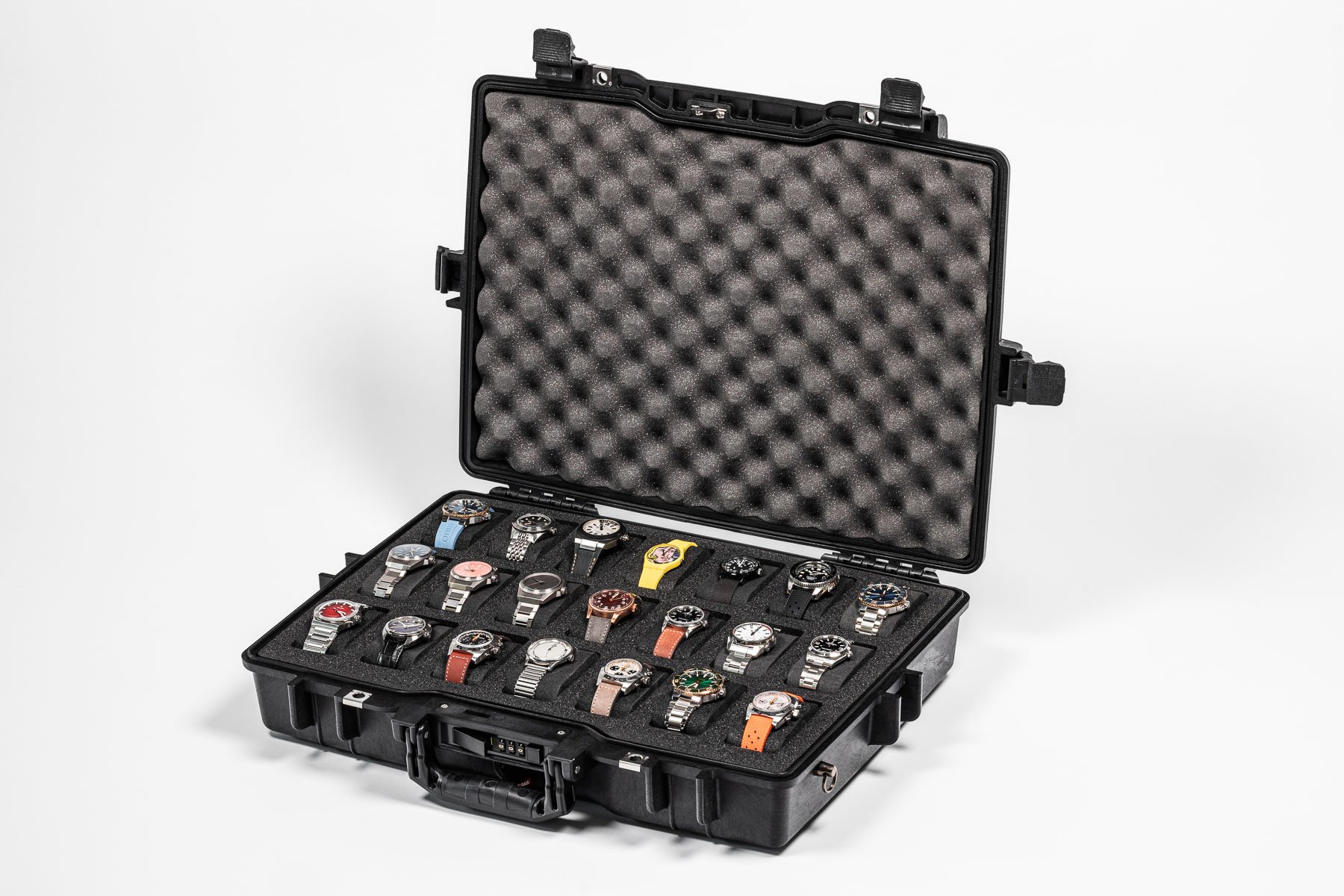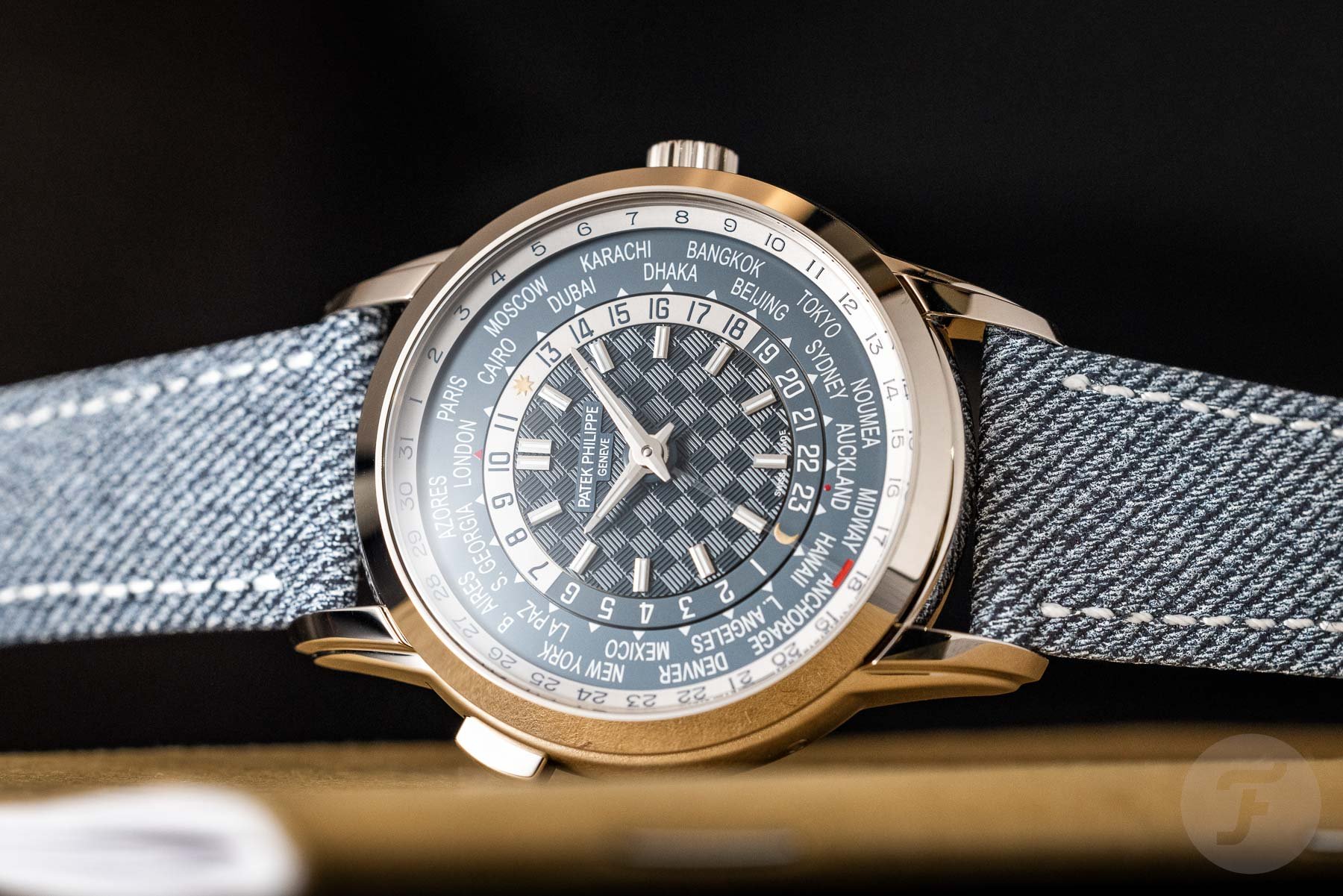Size Matters: The Philosophical Guide To A Perfectly Proportioned Watch Collection
Three is the magic number — or so they say. Many a watch enthusiast has boldly claimed that all you will ever need is the minimalist and perhaps mythical three-watch collection. While I do see the logic behind this, I struggle to accept that an arbitrary number should define my collection without at least trying to understand its justification. To answer this, I needed a real deep dive into what inspirational forces motivate enthusiasts to finally surrender and assign numerical endpoints to their watch collections. The solution to this required solitude and a remote, peaceful location to provide a deserving investigation into this most puzzling of questions.
Solving this horological conundrum
My mission was to understand the motivations behind the desire to continue collecting as well as the point when we can (figuratively) climb onto the roof and chant, like Jim Morrison, “This is the end.” If Douglas Adams, in his excellent play and book The Hitchhiker’s Guide to the Galaxy, could allocate a numerical value to a subject of such paramount importance as the meaning of life (albeit hilariously and inexplicably 42), popular culture dictated that discovering the numerically perfect watch collection should be simple… Or so I naïvely thought. Racking my brain for weeks with this horological (or “hoard-with-no-logical”) conundrum to no avail, I realized that I must delegate and consult minds far superior to mine, the scholars of popular philosophy. My painstakingly thorough research led me to identify five types of watch collectors, each inspired by an individual school of philosophy. Here are my findings.
Collector Type 1: The Stoics
Stoicism is a philosophy of life that maximizes positive emotions and reduces negative ones, helping individuals hone their virtues of character. It highlights what is truly important and provides practical strategies to get more of what is valuable. We see this at work in strategic collectors who buy unattainable pieces at retail prices, not inflated aftermarket rates. Stoic collectors have invested wisely with a certain degree of wealth and pull, having built excellent relationships in the process. Furthermore, they have mastered the “purchase history” game and acted in a calculated, fortuitous manner over time, patiently building their El Dorado collections that contain all the watches they truly want. They have also sold the watches acquired strategically to put them in good stead with their retailers to fund the pieces they identify as their “end game.” They love the brands they invest in and will gladly help you start your journey.
These collectors usually have as many “grails” as they can get, including various models from Lange, Rolex, and Audemars Piguet. They aim to get all of their beloved brands’ most unobtainable models. Once they have released the watches they do not require, stoics typically end up with around six very heavy-hitting pieces. They will have also most likely acquired hard-to-get collectibles from not-so-hyped brands, such as Omega and Grand Seiko, and sold them to fund their dream watches. They may have even kept hold of some of these as they ended up enamored with them. These are genuine watch people who take themselves very seriously but keep one eye firmly on brand and investment value.
Collector Type 2: The Nihilists
Having been swindled by false promises of meaning and belonging, nihilists maintain a defiant determination not to get fooled again. Philosophically, nihilism rejects the value and meaning society places on people, objects, and life. Nihilist collectors do not fall for insidious marketing campaigns claiming certain watches will make anyone a better person. Nihilists believe strongly that watches are functional items yet will still refuse to rely on electronic devices to tell time for they have the same connection with mechanical timepieces that all of us afflicted do. Having collected heavily in their previous lives, nihilist collectors realized that watches didn’t give them the joy they saw in others or saw through the fallacy that a large watch collection made anyone happy. It is also possible they took a large financial hit when selling their collections to free themselves from the chains and emptiness of mammon and excess.
Typical nihilists will have a daily watch, most likely a Tudor Black Bay or Pelagos for its excellent versatility, value, and wearability. They might also have a dress watch, an attractive piece with a good heritage but that will most certainly garner no hype. A single-dial Jaeger-LeCoultre Reverso in steel or gold will tick all the boxes for these very centered collectors. These watches give the validation and joy they deserve from a nihilistic watch collection. Yet one could reason that the restraint they show subconsciously creates a battlefield in their psyches with the true collectors in themselves.
Collector Type 3: The Rationalists
Rationalist philosophy is the idea that knowledge comes from one’s subjective reasoning and thought rather than any empirical evidence. Rationalists believe they see the truth by simply lying on their couches and utilizing a rationale created in their minds. They do not need to leave their homes to understand the world. Indeed, they wonder why there is a need to examine the way things are in the physical world as their imaginations are more than capable of deducing this. Rationalists have an appreciation for watches but are unaware of the aesthetic or horological qualities of the watches they buy. They require no scientific processes and go on visual stimuli and impulses for instant gratification. They never see their watches before buying them and use exclusively online retailers. Their influences are reliant on the screens in front of them via pictures or videos.
Rationalist collectors act impulsively, hoarding bulging and bloated collections of watches. Social media is their greatest ally and spiritual guide. These rationalists’ collections consist of many digital watches and obscure mechanical pieces. Some, thanks more to fortune and chance than any real knowledge or research, turn out to be good-quality affordable watches. They own one or two good mid-tier pieces they’ve either seen or heard someone else talking about and have most likely been heavily influenced by popular culture (such as movie characters) and social media. Rationalists are the epitome of the phrase “a marketer’s dream.” Ultimately, they have no genuine connection with horology. The star of the rationalist’s collection is a TAG Heuer Monaco or an Omega Seamaster. These collectors will constantly and somewhat annoyingly try to convince you and, unconsciously, themselves that what they have is the best.
Collector Type 4: The Hedonists
Hedonism is the pursuit of pleasure of one kind or another. Hedonists, however, are often mistakenly misrepresented by their critics due to one simple misconception — that hedonistic pleasure is entirely physical. On the contrary, pure hedonism celebrates the spiritual pleasures drawn from fame and reputation as well as knowledge and art. Hedonistic collectors encapsulate all the above pleasures when choosing pieces for their watch collections. They desire a true connection with their watches. They carry themselves with the joie de vivre known to no other collector as they are in love with the pleasure that watches give them. Hedonistic collectors don’t hoard but simply have the collections they want at any point in time, no matter what they sell or add. They can have a favorite brand but are not so attached to it that it dominates their thoughts and torments them to excess.
Hedonists are happy to fill a 12-slot watch box centered around a core collection of four to five “keepers.” They enjoy having a balance of many brands and every type of watch, ranging from super high-end to independents and microbrands and across the spectrum to vintage and more affordable new releases. If they feel something is missing, they will fastidiously add it for balance. If a hedonist’s collection looks like it should have a particular piece, this collector has more than likely owned it at one stage and made peace with it. The pleasure of having owned and experienced a model to the fullest is a hedonist’s ultimate joy. Hedonists live in the moment but will eternally love their favorite watches. The euphoric joy of watch collecting is the lifeblood of their horological experience. Self-confident and amiable, hedonists are often very popular people in watch communities.
Collector Type 5: The Narcissists
The philosophy of narcissism champions vain cultural principles inherent in products, beliefs, and pre-determined value systems. Celebrity culture is a perfect example of this, in which the gaudiest is the most prominent, as is the tiresome concept of being the “alpha in the room.” A basic attribute of the narcissistic personality is an inflated sense of self, the belief that one is better than objective criteria suggests without a shred of practical evidence to back it up. What matters most to narcissistic collectors is how their watches give them status and boost their egos. They play in the big leagues financially, and watches to them are accessories to advertise their wealth and status. Knowing not why their watches are sought after and valuable, narcissists use them merely as showy tokens and accessories. They have neither the time nor interest to investigate the heritage of what they own.
Narcissists’ watches will consist of Patek Philippe Nautiluses and Aquanauts, Audemars Piguet Royal Oaks, and Richard Milles. They will also have a litter of Rolex’s hot and hyped watches, including the “Paul Newman” Daytona ref. 6239 with both black and white dials plus more modern iterations. The turquoise-dial Oyster Perpetual 124300 is a playful trinket to them, again due to its inflated hype. A few modern Rolex Day-Dates are also thrown in for good measure. They aspire to own the Patek Philippe ref. 5711/1A-018 with the Tiffany & Co. signature on the dial and cast an envious eye at those who are currently connected enough to own one. Vacheron Constantin is meaningless to them as it neither fits into their lifestyles nor feeds their egotistic vanity. They have been told F.P.Journe watches are a great investment and that complicated Patek Philippe pieces will make them superior human beings.
Final philosophical thoughts
I remain convinced that a three-watch collection for us deeply afflicted enthusiasts is a regrettably impossible dream. It does not cover a wide enough scope of horological significance to balance a watch collection and satisfy the “needs” of the typical watch enthusiast. There is just too much variety out there to limit our desires to three pieces or fewer. An individual’s subjective view of the horological significance of any particular watch was a prominent factor that kept creeping up in my investigation, as was the word “balance.”
Subconsciously, we are guided by and fall victim to each of the philosophies mentioned above as they help or hinder us along the way. One nemesis we are bound to keep bumping into and must try to avoid is the scourge of any collection journey — the rationalist-inspired Pied Piper known as the “impulse buy.” This will drain not only our financial resources but also our spiritual ones by sapping our energy both before and after such an unnecessary addition to a collection.
If we can conquer the evils of excess and subscribe to a hedonistic approach, with shades of the stoic and a light sprinkle of the nihilist too, we could be well on our way to our numerical nirvana. I’m curious to hear your thoughts on these deductions, so let me know your views in the comments.

